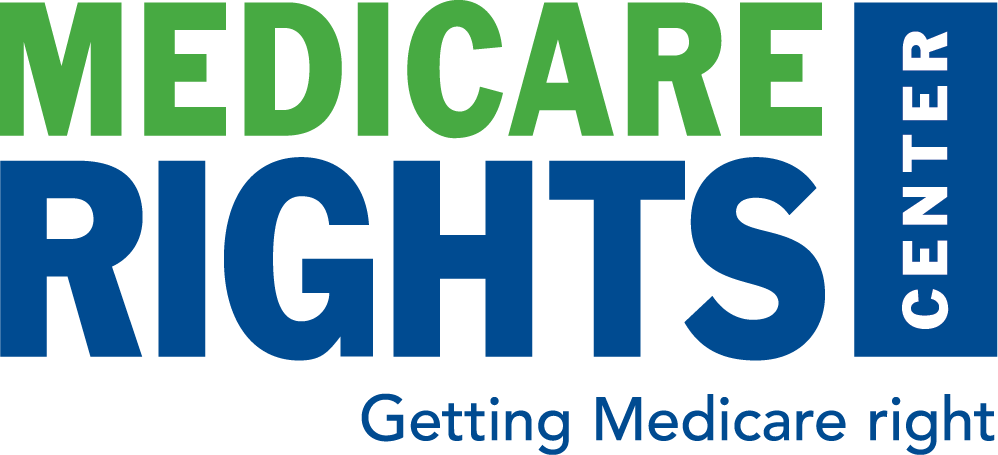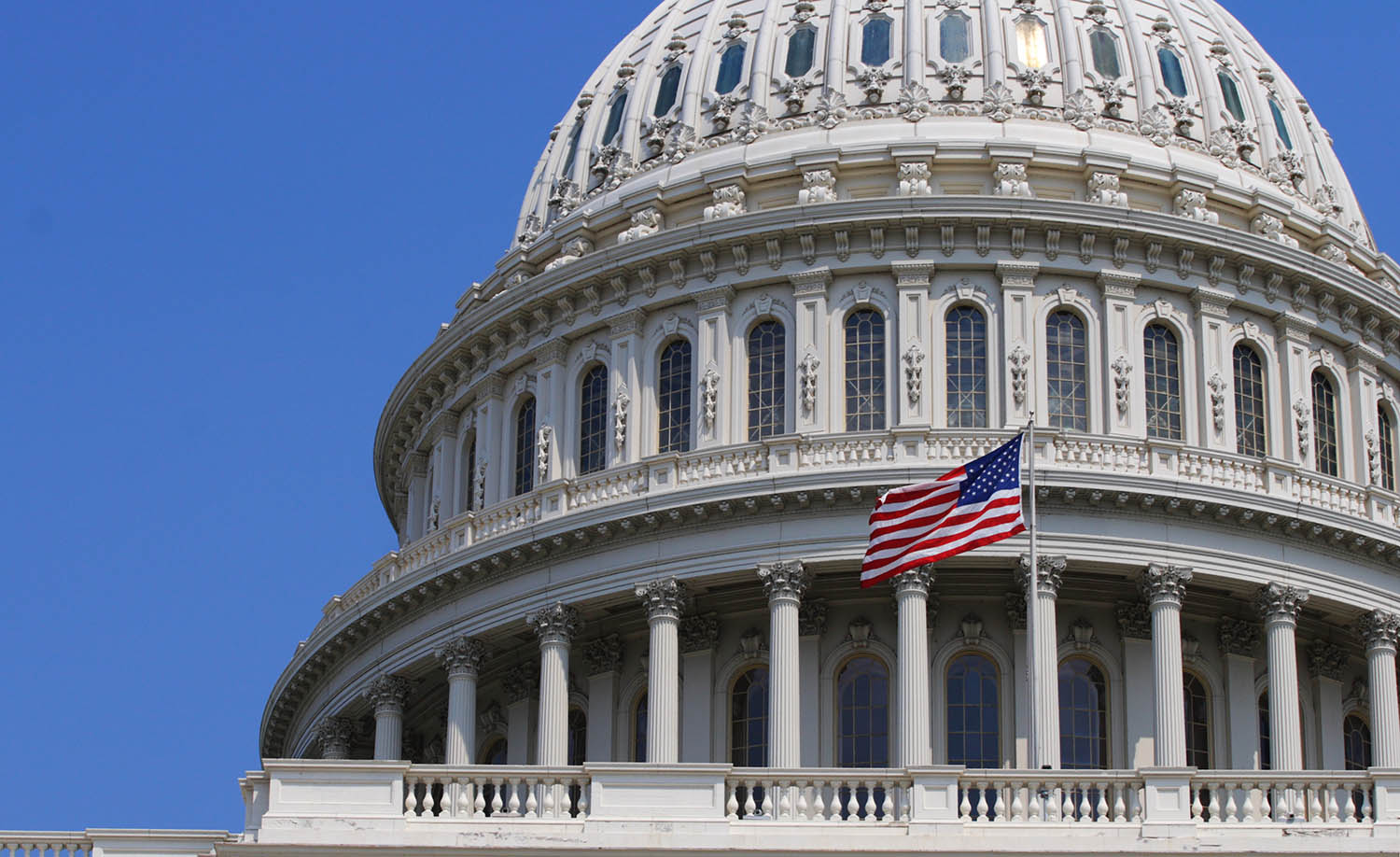Kaiser Family Foundation Reports on Medicare-Medicaid Enrollment and Spending
- By Casey Schwarz
- February 2, 2023

This week, the Kaiser Family Foundation (KFF) released a brief examining national and state-level data on enrollment and spending for people enrolled in both Medicare and Medicaid, sometimes called dually enrolled individuals or duals. KFF used the 2019 and 2020 Medicare Beneficiary Summary Files and the 2019 Transformed Medicaid Statistical Information System to identify trends and patterns in enrollment across states and programs and spending in Medicaid and traditional Medicare, as spending data for individuals enrolled in Medicare Advantage is not publicly available.
KFF found that in 2020, 12.5 million people were enrolled in both Medicare and Medicaid, and 73% of those individuals were eligible for full Medicaid benefits, with the remaining 27% eligible for premium support and potentially cost-sharing assistance through the Medicare Savings Programs (MSPs). Further, they found that in 2019, dually enrolled individuals constituted 17% of the traditional Medicare population and 14% of the Medicaid population but accounted for a greater than proportionate share of spending in those programs. The per-beneficiary Medicare and Medicaid spending for dually enrolled beneficiaries was higher for those eligible for full Medicaid benefits than for those with MSP only, and both amounts were higher than the average spending for individuals who are enrolled in only Medicare or Medicaid.
The report also found that though dually enrolled individuals comprised 20% of the total Medicare population (both traditional Medicare and Medicare Advantage) and 14% of the Medicaid population, those percentages varied widely from state to state. KFF attributes this variation to multiple factors, mostly the underlying demographic makeup of the state, whether the state has expanded Medicaid eligibility for single adults and childless couples, and whether states have increased eligibility criteria for older adults and people with disabilities above the federal floor.
The report concludes that “Medicare-Medicaid enrollees account for a higher share of spending relative to their share of enrollment in both Medicare and Medicaid, likely because Medicare-Medicaid enrollees tend to have greater health and functional needs than people who are enrolled in only Medicare or only Medicaid.” They note that “several initiatives have been launched that aim to improve health care and reduce spending for Medicare-Medicaid enrollees [but] currently, there is mixed evidence on the effect of these initiatives on health outcomes, access to care, and spending.”
It remains crucial that policymakers who “continue to explore new … options for improving the coordination and delivery of care between the Medicare and Medicaid programs” ensure that they do so with attention towards meeting the needs of this population rather than focusing primarily on cost reduction.
The Latest
Most Read
Add Medicare to Your Inbox
Sign up to receive Medicare news, policy developments, and other useful updates from the Medicare Rights.









